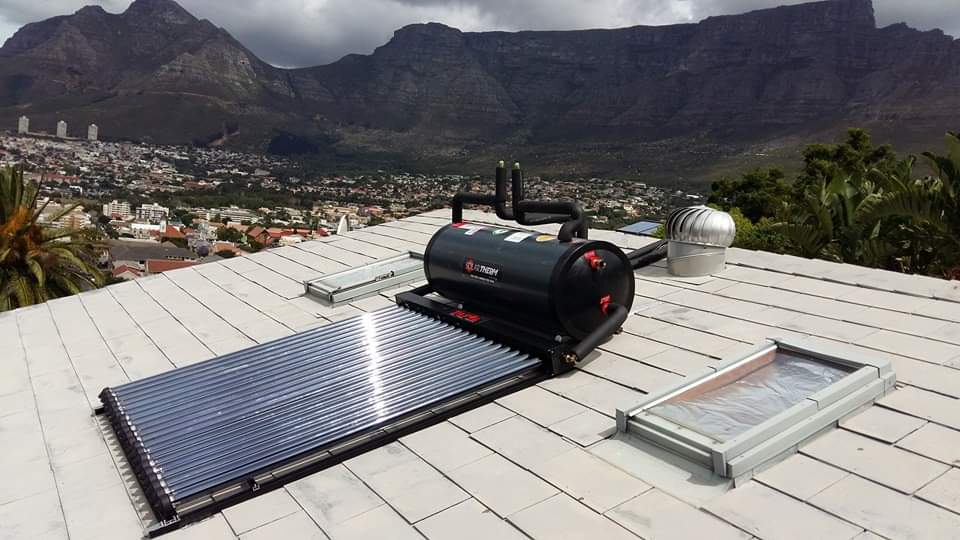In the realm of sustainable living and renewable energy, the solar cooker stands as a testament to the ingenious utilization of one of Earth’s most abundant resources: sunlight. Embracing simplicity and innovation, solar cookers offer an eco-friendly alternative for preparing meals while minimizing reliance on conventional energy sources. Let’s delve into the world of solar cookers, exploring their functionality, benefits, and their impact on sustainable living.
Embracing Solar Cooking:
A solar cooker is a device that utilizes sunlight to heat and cook food. It harnesses the sun’s energy through reflective panels or surfaces, focusing and directing sunlight onto a cooking container. This process traps the sun’s heat, effectively acting as an oven or stovetop, allowing food to be cooked or heated without the need for electricity, gas, or other traditional fuels.
Types of Solar Cookers:
- Box Cookers: These are insulated containers with a transparent lid and reflective panels. They trap sunlight to create a greenhouse effect, maintaining heat for cooking.
- Parabolic Cookers: Featuring a curved reflective surface, these concentrate sunlight onto a focal point, reaching higher temperatures quickly and suitable for frying or boiling.
- Panel Cookers: Comprising reflective panels arranged to direct sunlight onto a cooking pot, these are portable and easy to set up.
Advantages of Solar Cookers:
1. Environmentally Friendly:
Solar cookers produce zero emissions and reduce reliance on non-renewable energy sources, contributing to a greener environment.
2. Cost-Efficient:
Once acquired, solar cookers have minimal operational costs, utilizing free and abundant sunlight for cooking.
3. Health Benefits:
Eliminating the need for burning wood or other fuels indoors, solar cookers reduce indoor air pollution, leading to better respiratory health, particularly in communities reliant on traditional cooking methods.
4. Empowerment and Resilience:
In areas with limited access to electricity or where fuel sources are scarce, solar cookers empower communities to cook food using readily available sunlight, promoting self-sufficiency and resilience.
Challenges and Considerations:
- Weather Dependence: Solar cookers rely on sunlight, making them less effective in cloudy or rainy conditions.
- Cooking Time: Cooking with solar energy may take longer compared to conventional methods, requiring adjustments in meal planning.
- Initial Cost: While the operational cost is low, the initial investment in a solar cooker might be a barrier for some individuals or communities.
Applications and Future Prospects:
Solar cookers find applications in diverse settings:
- Households: Used for daily cooking needs, especially in regions with ample sunlight.
- Humanitarian Aid: Deployed in disaster relief efforts and refugee camps where traditional fuel sources are scarce.
- Educational Purposes: Utilized in schools to teach about renewable energy and sustainable living practices.
The future of solar cookers is promising, with ongoing innovations focusing on enhancing efficiency, portability, and affordability. Collaborations between NGOs, governments, and innovators aim to make solar cookers more accessible worldwide.
Conclusion:
Solar cookers epitomize the simplicity and efficiency of harnessing solar energy for everyday needs. Their environmental benefits, health advantages, and potential to empower communities underscore their significance in the realm of sustainable living. As technology evolves and awareness grows, the widespread adoption of solar cookers has the potential to not only transform cooking practices but also contribute significantly to a more sustainable and resilient future.

